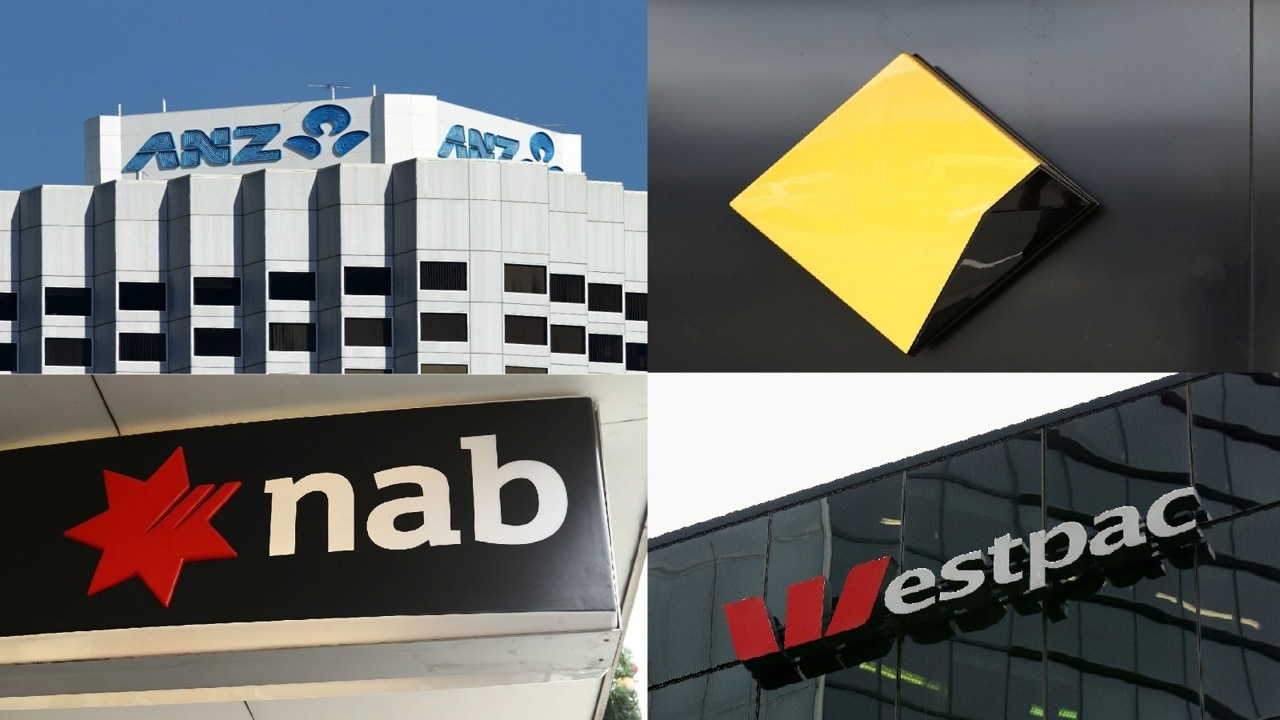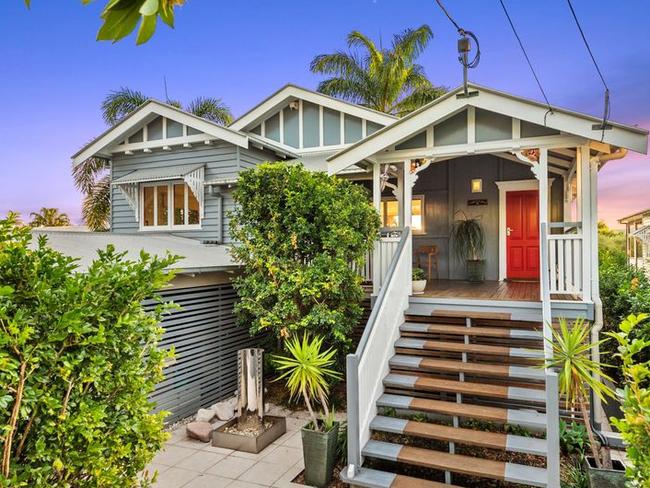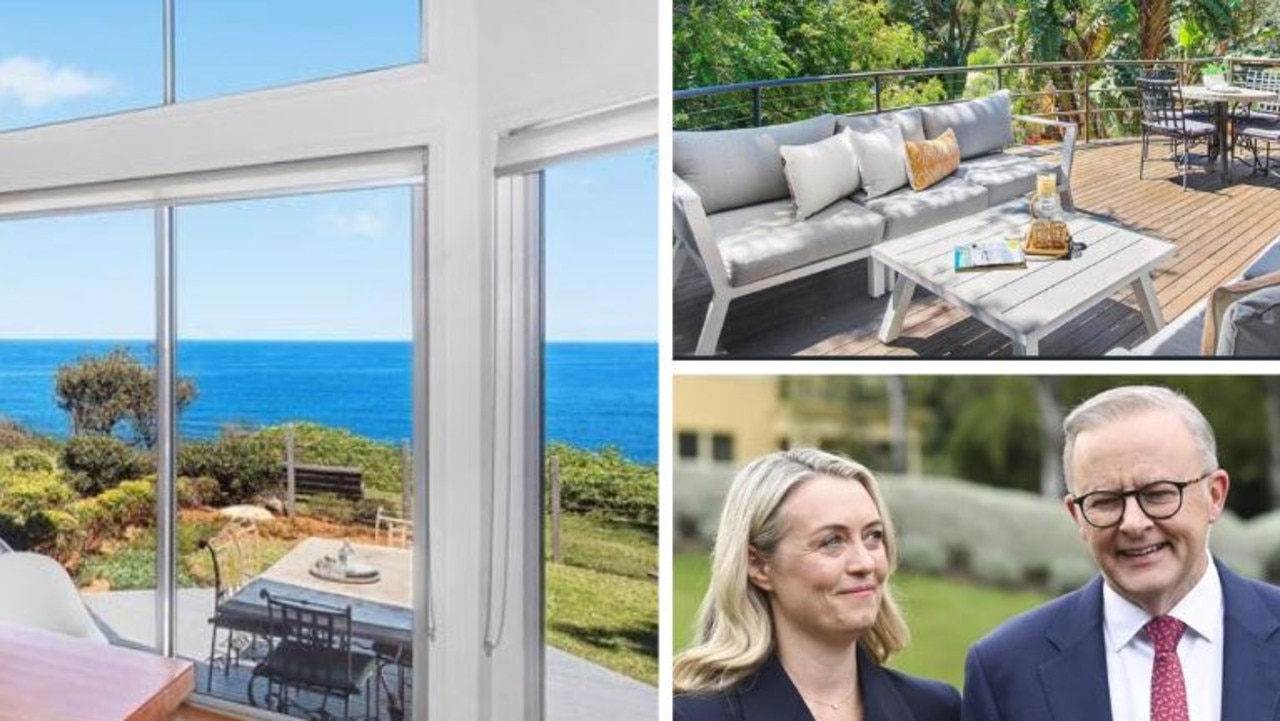Interest rates Australia: Ominous RBA rhetoric on rate rises a worry for homeowners as mortgage rates are set to double
More than a million home borrowers who have never endured the pain of a rate rise face uncertain times ahead but there are buffers available.

Property
Don't miss out on the headlines from Property. Followed categories will be added to My News.
There are more than one million home borrowers who have never experienced the impact of a RBA cash rate rise.
That’s because the last shift up in the official rate was 12 years ago in 2010 when it went to 4.75 per cent.
The RBA governor Philip Lowe recently conceded the central bank could “plausibly” decide to start the inevitable rate rises this year from their current emergency low. He’d only recently been saying the rate rises would not come until 2023 or 2024.
Interestingly Lowe stepped up his ominous rhetoric last weekend.
“Rising interest rates on higher debt with higher asset prices – you can see the fault lines here,” he warned.
After the recent inflation spike, some economists got excited and brought forward their forecast first rate rise to May, which would be right in the middle of the election campaign.
Of course that did happen with great furore during John Howard’s 2007 election campaign that saw Kevin Rudd take The Lodge

.
There’ll be no rate rise this election.
But the big lenders are busily raising mortgage rates, and in doing so are helping temper the exuberance associated with the property market. The banking regulator Australian Prudential Regulation Authority (APRA) also continues its surveillance measures to ensure banks are lending responsibly.
That’s vital as so many borrowers have never felt the pain of sharp rises in their mortgage payments.
CBA’s head of Australian economics Gareth Aird, who anticipates the 0.1 per cent cash rate rising to 1.25 per cent, noted the critical issue ahead for borrowers as the likely doubling in mortgage rates from about 2 per cent to 4 per cent over the coming 18 months.
This disturbing scenario is somewhat nullified by mortgage holders being on average 45 months ahead on their repayments.
This is up from 32 months prior to the pandemic, according to APRA.
There’s $222 billion sitting in mortgage offset accounts with the average balance now around $100,000.

Despite the challenge of the rate rises on the horizon, the economists of the big banks still forecast our dwellings will be worth more at year’s end, albeit at a reduced pace.
On top of amazing price growth last year, it means even fewer borrowers will land in negative equity when the mortgage rates rise and the prices fall.
Their consensus is we are heading for a soft landing although Westpac paints a bleaker scenario saying national house prices will rise just 2 per cent in 2022, then house prices will fall 7 per cent in 2023 and a further 5 per cent in 2024.
ANZ revised its forecasts to now expect average capital-city housing prices to rise 8 per cent in 2022 and decline 6 per cent in 2023. For Sydney, ANZ increased its anticipated price growth by 3 percentage points to 9 per cent in 2022.
These veteran economists acknowledge interest rate increases will generate changes in behaviour, which in turn will impact economic outcomes.
And these I’d suggest are big unknowns.

AUSSIES CAN KEEP THEIR BIG HOMES SAYS JOE BIDEN’S CLIMATE ADVISER
Australia can still have the biggest houses in the world, only electric, says climate adviser Saul Griffith, whose latest book addresses decarbonising our homes.
Griffith says we don’t have to be perfect to solve climate change, and he wants to end the fear mongering.
“We just need to be electric,” the former Australian climate adviser to Joe Biden said, adding he’d like the conversion to be a national project not a culture war.
His hope is that Australia could lead the world in residential electrification, noting household emissions (including its cars) make up the largest part of emissions in our domestic economy.
He estimates electrifying our homes and cars now will generate over $300 billion in household savings by 2035. It starts with an old-fashioned electric resistance hotplate that is better than a natural-gas burner, infact twice as good.

Griffith, who bought his home at Austinmer, near Wollongong in 2020 with his wife, has just published his second book, The Big Switch: Australia’s Electric Future. It looks at the benefits of domestic action by families starting with a solar cell, an electric vehicle and a chicken coop.
He says the population wants a green future, but “they wanted that green future to be very familiar” not a radical change in our lifestyles.
Griffith made his reputation in America, but was raised in Sydney’s Bardwell Park “growing up on Attenborough documentaries.”
Since his return he’s seen “extraordinary things have happened, like the Australian rooftop solar revolution”.
“Electrification is a vaccine for climate change,” he wrote.
“Making electricity with wind, solar, or hydro-electricity takes one third of the energy of fossils fuels.”
He reckons cheaper power will benefit the poorest households as the bottom 10 per cent spend about 40 per cent on energy while the top 10 per cent spend about 4 per cent.

“They typically live in less well-insulated homes that need more energy for heating and cooling. And they typically drive further.”
He welcomed the NSW initiative of new homes not having dark roofs but he wants to mandate rooftop solar on new builds. The New South Wales Energy Minister Matt Kean calls him “a genius”.
Griffith recalls the obstacles in the US, where rooftop solar is three times more expensive, due to regulatory costs.
“I put a huge system on our new house in San Francisco, and it will never pay for itself.”
Griffith says Australia has the easiest path of any developed country to zero emissions being a wealthy country with low population density and abundant sources of renewable energy. It is also rich in resources needed for a decarbonised future, including iron ore, copper, zinc, bauxite and lithium.

He wants Australia to have the world’s first all-electric suburb – about 1000 homes with an electric car for every house, solar on the roof of every house, batteries, appliances all electric.
He suggests if Australia pulled it off we would change the world’s trajectory.
More Coverage
Originally published as Interest rates Australia: Ominous RBA rhetoric on rate rises a worry for homeowners as mortgage rates are set to double





